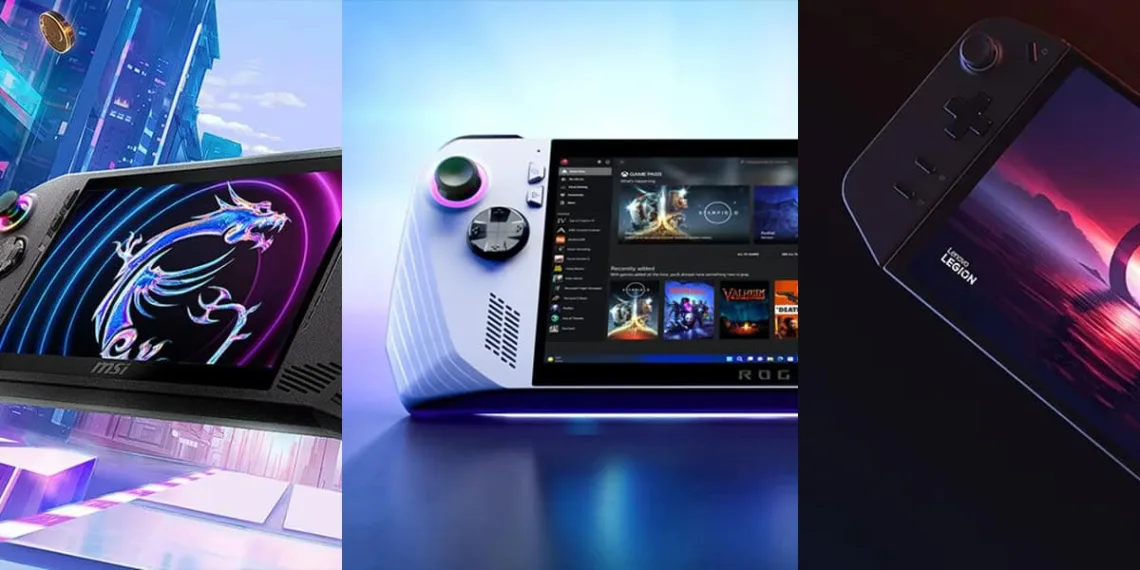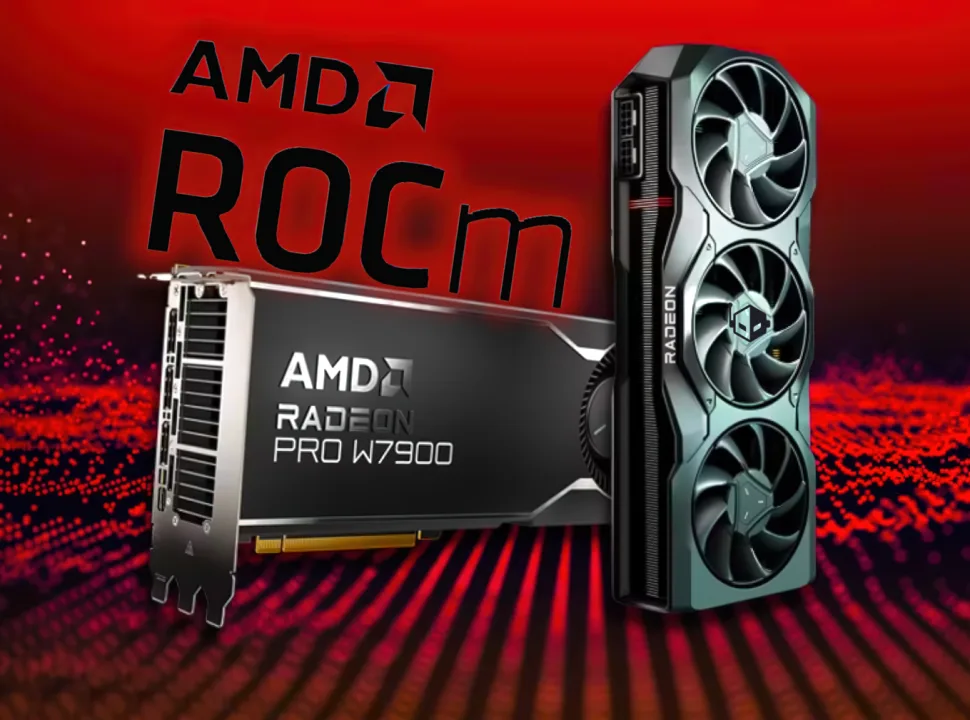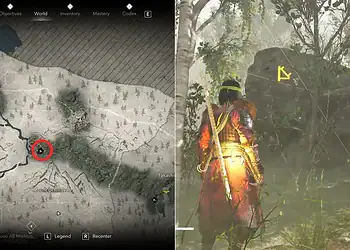Mobile gaming has come leaps and bounds, with it now supporting the likes of full-fledged RPGs and high-action stakes titles such as PUBG that require a bit more power. Handheld gaming systems have often been the answer, providing close to performance equaling a desktop rig in truly portable form.
ASUS ROG Ally There are a lot of high-quality gadgets around, and we really liked the ASUS ROG Ally with its strong specs list for all kinds of gamers. Now, MSI and Lenovo have entered the arena with the Claw and Legion Go, each offering unique features. A detailed side-by-side comparison to help determine the best handheld gaming system.

MSI Claw vs. Lenovo Legion Go vs. ASUS ROG Ally Comparison
Design & Display
ASUS ROG Ally and MSI Claw come equipped with a 7-inch full-HD IPS touchscreen display paired with a conventional refresh rate of 120Hz that gives a sharp view as well as smooth gameplay. The Claw blasts greater grip and a pair of extra shoulder buttons to ease the strain during extended games.
Higher display specs are offered by the Lenovo Legion Go with an 8.8-inch QHD+ IPS panel and a refresh rate of 144Hz. With a larger display than before, you now get that much more gaming experience in your handheld with better visuals to boot. The Legion Go’s modular controller setup is another highlight, allowing users to detach the controllers from the main unit for a flexible gaming experience similar to the Nintendo Switch.

Performance
For performance, the ASUS ROG Ally and Lenovo Legion Go both come with an 8-core AMD Ryzen Z1 Extreme processor along with 16GB RAM that should be assistive in smooth multitasking as well as peak gaming-level performances. The two devices both have 512GB of SSD storage and a maximum TDP of 30W.
The Intel Core Ultra 5 135H processor is unique to the MSI Claw and offers up to a whopping total of sixteen cores (four power, eight efficiency, two low-power cores). This advanced architecture, combined with Intel XeSS upscaling technology has the potential to deliver performance superior games and image quality. The Claw also boasts a 16GB RAM / 512GB SSD, powered by Intel’s new processor technology.

Battery
These devices have varying battery life. The Lenovo Legion Go, with a 49.5wHr battery, and ASUS ROG Ally, were performing similarly to each other on one charge, despite the bigger display and higher resolution of Lenovo’s tablet. With the battery, MSI Claw has 53wHr capacity with a smaller display and efficient Intel Core Ultra processor compared to previous models meaning it could offer longer play sessions.

Price
With a price of $1499, the ASUS ROG Ally is the most reasonable out of all three. Lenovo Legion Go, on the other hand, carries a price tag of $1899 whereas MSI Claw pricing has not been announced yet but should be around similar to that of Lenovo; Since it is more advanced. The ROG Ally provides excellent value, balancing performance and cost.

Conclusion
Choosing the best handheld system depends on your preferences. The Lenovo Legion Go offers a larger display and modular controllers, ideal for those who value versatility and screen quality. The MSI Claw stands out for its advanced Intel Core Ultra processor and potentially longer battery life, making it a great choice for performance enthusiasts.
For those who seek a balance of quality, portability, and affordability, the ASUS ROG Ally is a strong contender, offering a great gaming experience at a lower price.
FAQs
Which has the best display?
The Lenovo Legion Go, with its 8.8-inch QHD+ display and 144Hz refresh rate, offers the best visuals.
Which has the longest battery life?
The MSI Claw, with a 53wHr battery, likely offers the longest playtime.







